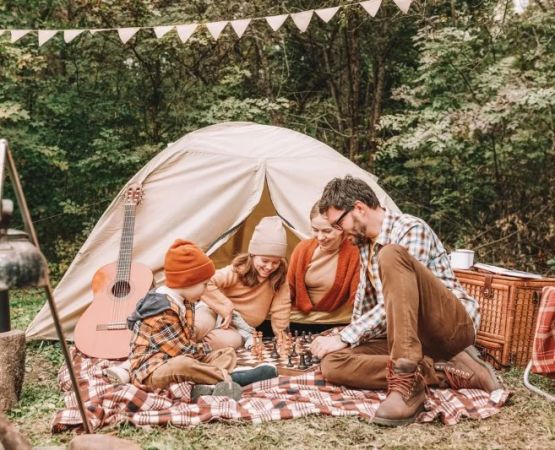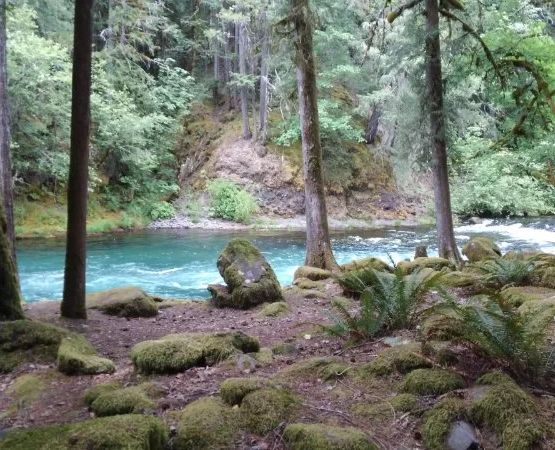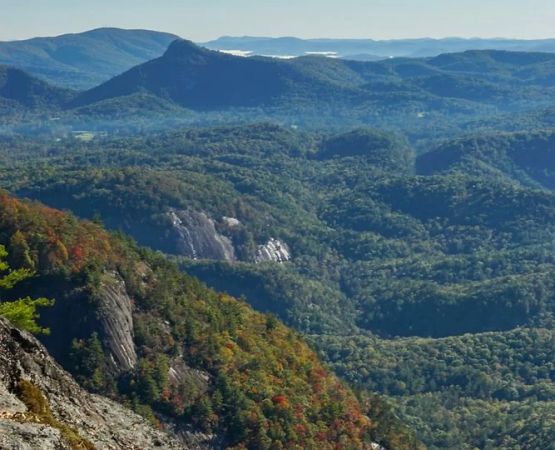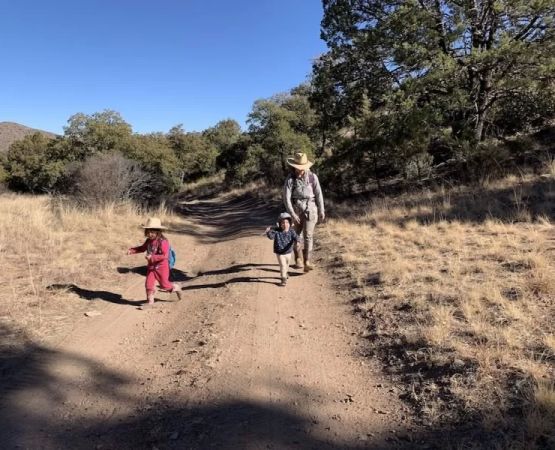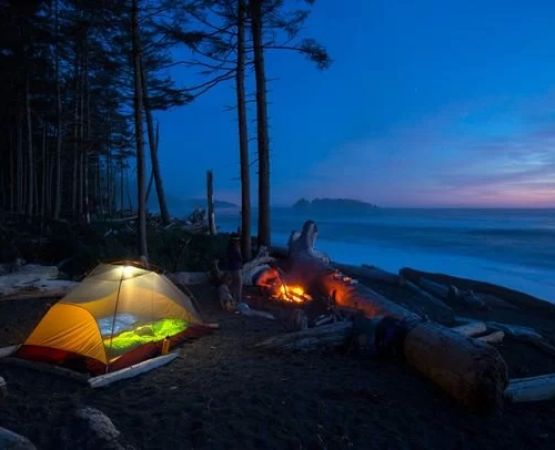- Why-Location-Matters-in-Star-Trails-Photography
- Choosing-Dark-Skies-for-Campsite-Selection
- Essential-Campsite-Features-for-Photographers
- Real-World-Experience-in-Capturing-Star-Trails
- Gear-and-Preparation-for-Star-Trails-Photography
- Expert-Suggestions-for-Memorable-Nights
Why Location Matters in Star Trails Photography
Star trails photography requires long exposures, meaning even the faintest light pollution can interfere with the results. Selecting the right campsite ensures not only a clear sky but also a safe and comfortable place to set up. The choice of location influences the composition of the final shot, as surrounding landscapes add depth and character to the circular streaks of stars above.
Choosing Dark Skies for Campsite Selection
1. Light Pollution Maps
Many astrophotographers rely on light pollution maps to identify dark-sky areas. National parks, wilderness reserves, and remote deserts often provide the best conditions. In the U.S., places like Utah’s Canyonlands or Arizona’s high deserts are famous for their pristine skies.
2. Elevation and Atmosphere
Higher elevations reduce atmospheric interference, making stars appear sharper. Mountain campsites not only deliver clearer skies but also minimize humidity, which can blur exposures. This is why many professional photographers hike deep into alpine regions to set up their cameras.
3. Seasonal Considerations
Winter skies often appear clearer due to lower humidity, while summer offers more comfortable nights. Balancing conditions with accessibility is important—sometimes the perfect view requires snowshoes or 4x4 access, and preparation becomes part of the adventure.
Essential Campsite Features for Photographers
1. Open Horizons
A wide, unobstructed view of the sky is crucial for capturing expansive star trails. Dense forests may limit visibility, while open meadows, desert plains, or lake shores often provide better photographic opportunities.
2. Safe and Stable Setup
Cameras require stability during long exposures. Campsites with firm ground are better for tripods, and areas with low wind reduce the risk of vibrations. Experienced campers sometimes build small windbreaks to protect their gear during overnight shoots.
3. Natural Foregrounds
Incorporating mountains, trees, or even your tent into the frame makes star trails photos more captivating. Choosing a campsite with photogenic surroundings elevates your results beyond simple sky captures into storytelling images.
Real World Experience in Capturing Star Trails
A group of friends camping near Joshua Tree National Park once planned a star trails shoot but underestimated nearby town lights. Despite the clear skies, their photos turned hazy. The next night, they moved deeper into the park, setting up camp near massive boulders that became dramatic foregrounds. The results were stunning, proving that campsite selection is as critical as camera settings. Their story illustrates how trial and error shapes the skills of every astrophotographer.
Gear and Preparation for Star Trails Photography
1. Camera and Lenses
A DSLR or mirrorless camera with manual settings and a wide-angle lens is the standard choice. Long exposures demand reliable equipment, and extra batteries are essential since cold nights drain power quickly.
2. Tripods and Intervalometers
Stability is everything. A sturdy tripod is a non-negotiable tool, while an intervalometer allows for consistent long exposures without touching the camera. This combination minimizes shake and maximizes clarity in your trails.
3. Camping Essentials
Since you’ll be outdoors for hours, warm sleeping gear, portable stoves, and proper clothing ensure comfort. For those new to winter camping, reliable gear providers such as Pine Cliff Resort can help you find the right tents, insulated mats, and outdoor cooking tools for long night sessions.
Expert Suggestions for Memorable Nights
1. Arrive Before Sunset
Setting up your campsite and scouting compositions in daylight prevents mistakes. It also allows you to identify potential foreground subjects before darkness falls.
2. Test Shots Before Full Exposure
Short test exposures confirm framing and settings. This small step avoids hours of wasted captures. Professionals often adjust white balance and ISO carefully during these trials to get optimal results.
3. Stay Patient and Embrace the Experience
Star trails photography is as much about enjoying the silence of the night as it is about the final picture. Waiting for the trails to develop can be a meditative experience. The right campsite, preparation, and mindset transform the process into an unforgettable adventure.

